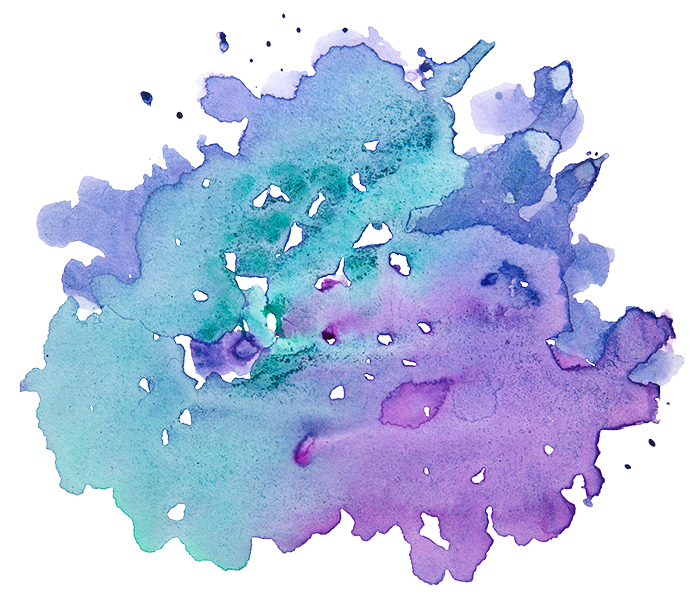by Donna Leventhal
“Vessels: Containing Possibilities,” now in the Mayyim Hayyim Gallery, emerged from the concept of the mikveh itself as a sacred vessel. Mikveh defines and creates a  sacred space that is both physical and spiritual. The individual’s experience in the space is concentrated, intense, and multidimensional. As a person immerses, the water is felt on every nerve on the surface of the body. The connection is total.
sacred space that is both physical and spiritual. The individual’s experience in the space is concentrated, intense, and multidimensional. As a person immerses, the water is felt on every nerve on the surface of the body. The connection is total.
A two-part series running through May 2015, “Vessels” opens its fall exhibit on Thursday, September 11 at 5:30 pm. Artists Steven Branfman and Bette Ann Libby will discuss their work and their very different approaches to the concept of vessels.
Steven, a potter working within the discipline of Japanese Raku, is a purist. His pieces are methodical; a pound of clay becomes one bowl. Some of Steven’s vessels have such tiny openings that we cannot see the spaces inside, and are left to sense them. What do they hold? Our mind enters each hidden place, in search of the sacred and untouchable. Yet Steven  invites us to touch.
invites us to touch.
“If you’re not drawn to touch my work,” he says, “I haven’t connected with you.” So we touch, connecting through physical sensation, mirroring the connection that occurs as we enter the waters of the mikveh.
Mosaic artist Bette Ann Libby approaches vessels in another way. She plays with the concept, starting with the utilitarian: the cup, the teapot, the commercial object. Then she shatters it, breaking the vessel into hundreds of pieces. She uses those pieces to create her work, forming entirely new two- and three-dimensional vessels. The tactile quality invites viewers to physically “feel” the container.
 Bette Ann’s “Genesis” piece references the Kabbalistic concept of Shvirat HaKeilim, literally “breaking of the vessels.” When the world was created its limited physicality could not contain the Divine light, and “shattered” into innumerable pieces. The Jewish people are challenged with tikkun olam – repairing the world, mending these broken vessels. Bette Ann’s process is a physical representation of this mending. She constructs new wholeness out of shattered pieces, creating vessels that are stronger than the brokenness from which they emerged. Similarly, the mikveh helps us mark life passages – from giving birth and marriage to illness, divorce, or trauma – and emerge with new found wholeness. If the world is the ultimate vessel, Bette Ann’s work reminds us that we can find great strength in reconstructing the shattered.
Bette Ann’s “Genesis” piece references the Kabbalistic concept of Shvirat HaKeilim, literally “breaking of the vessels.” When the world was created its limited physicality could not contain the Divine light, and “shattered” into innumerable pieces. The Jewish people are challenged with tikkun olam – repairing the world, mending these broken vessels. Bette Ann’s process is a physical representation of this mending. She constructs new wholeness out of shattered pieces, creating vessels that are stronger than the brokenness from which they emerged. Similarly, the mikveh helps us mark life passages – from giving birth and marriage to illness, divorce, or trauma – and emerge with new found wholeness. If the world is the ultimate vessel, Bette Ann’s work reminds us that we can find great strength in reconstructing the shattered.
Both Steven and Bette Ann found strength in their art, which helped them face devastating family illness. Bette Ann responded to her mother’s struggle with cancer by creating “fetishes,” mythical artifacts of comfort and support. The act of creating this “fetish pottery” became a powerful misheberach, prayer for the sick, which Bette Ann “said” for her mother.
Steven faced a crisis when his son Jared was diagnosed with cancer in his early 20s. While Jared was on a medical leave from art school undergoing treatment, father and son worked together in Steven’s studio, exploring the ancient art of Japanese ceremonial tea bowls. Jared passed away two and a half years later. A week after Jared’s passing, Steven went into the studio hoping to find peace. Instead he found grief. The next day he went in again, sat at his wheel and threw a tea bowl. The following day he went in again and threw seven more and then one each day. They were the only pots he made for a year, a total of 365 bowls. A Kaddish for his son.
After the exhibit was installed at Mayyim Hayyim, Steven brought in one more piece, that very first bowl, Jared’s yahrzeit bowl. Steven has brought it out to share with the Mayyim Hayyim community, and we are deeply honored.
When we touch this bowl, our fingers intertwine with the imprint of Steven’s hands. The coarse texture of the bowl brushes our skin and fires up our nerve endings. We come to know and honor a young potter we have never met.
Every week, people come to Mayyim Hayyim, seeking wholeness. In curating “Vessels,” we never expected that these artists, and the vessels they created, would connect so deeply to the way a mikveh can bring shalom, completion and peace, in moments of transition and hurt. How much do these vessels hold? The answer is infinite.
Donna Leventhal is a member of the Mayyim Hayyim Art Committee, and curated Vessels: Containing Possibilities with Stepheny Riemer. She is a silversmith at Metalmorphasis, an art studio in Dedham, Ma.
We hope you’ll join us on Thursday, September 11th, 5:30-7:00 for our opening reception and artist talk. More info here.

